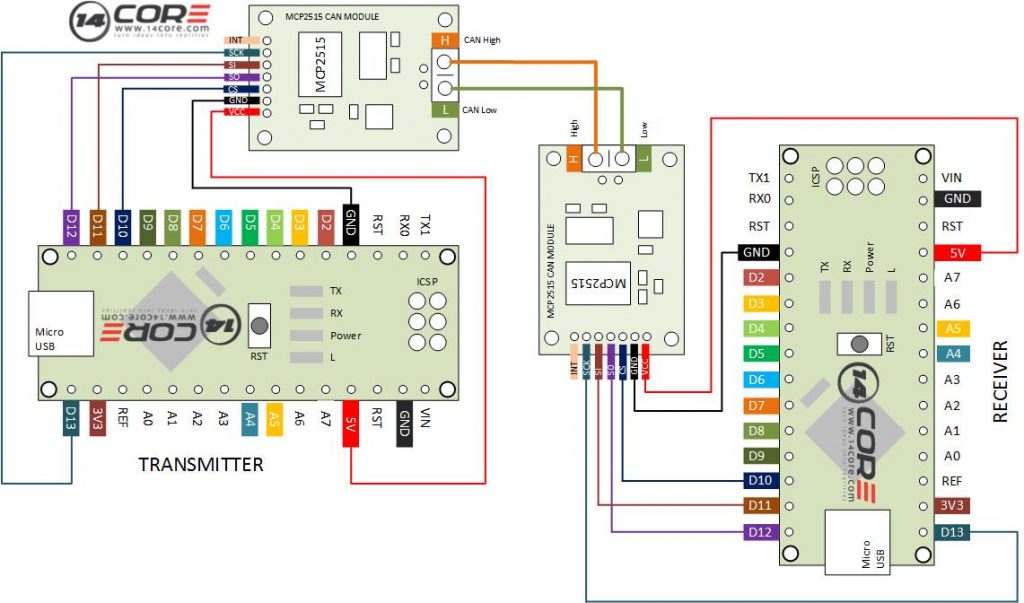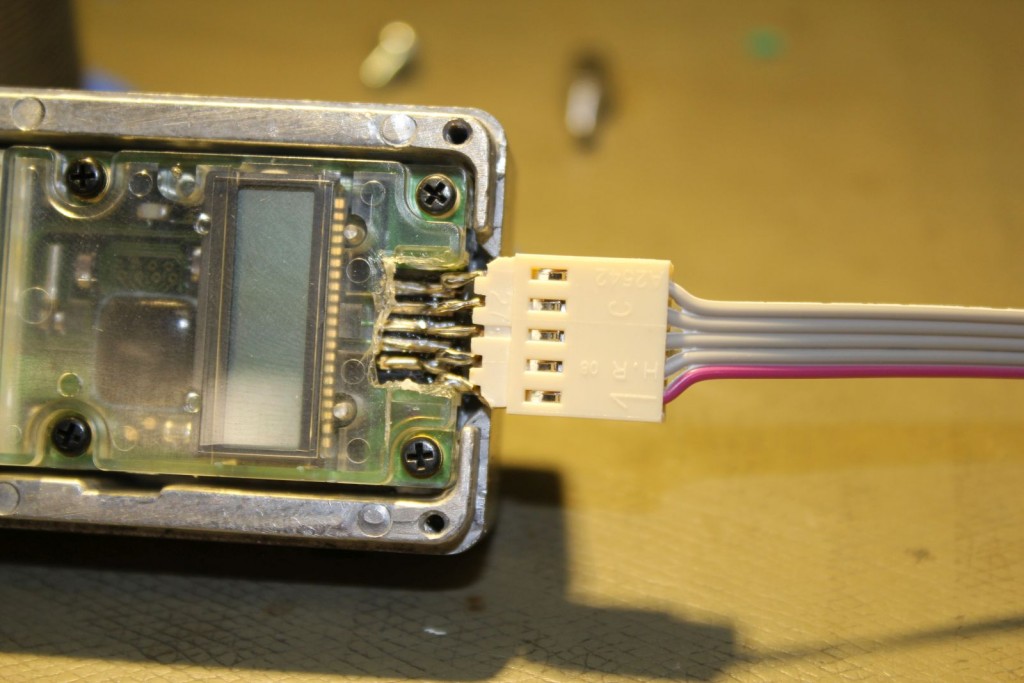
See this user-contributed tutorial for more information. The following types of devices are supported: HID devices: keyboards, mice, etc. The shield makes a USB host of the microcontroller such that, for example, a mouse or keyboard can be connected to the Arduino. Or you can use the ISP header with an external programmer (overwriting the DFU bootloader). This shield can easily be placed on an Arduino Uno, Arduino Mega or Arduino Due. You can then use Atmel's FLIP software (Windows) or the DFU programmer (Mac OS X and Linux) to load a new firmware. The ATmega16U2 is loaded with a DFU bootloader, which can be activated by connecting the solder jumper on the back of the board and then resetting the 16U2. The ATmega16U2 firmware source code is available. An onboard polyfuse limits the current to 500mA and protects the host computer from short circuits. The adapter can easily connect to the Arduino Ethernet, Mini, Mini Pro, LilyPad, LilyPad Simple, and Fio. Status lights include power, RX and TX activity. 5V, Ground and a Reset pin are also exposed.


The USB Serial Adapter has an onboard mini-USB connector and 5 pins including RX (for receiving data from the computer) and TX (for transmitting data). The 16U2 firmware uses the standard USB COM drivers, and no external driver is needed. It features an Atmega16U2 programmed as a USB-to-serial converter, the same chip found on the Arduino Uno.

This board converts a USB connection into a 5 volt Serial TX and RX that you can connect straight to the Arduino Mini, Arduino Ethernet or other microcontrollers, allowing them to talk to the computer.


 0 kommentar(er)
0 kommentar(er)
